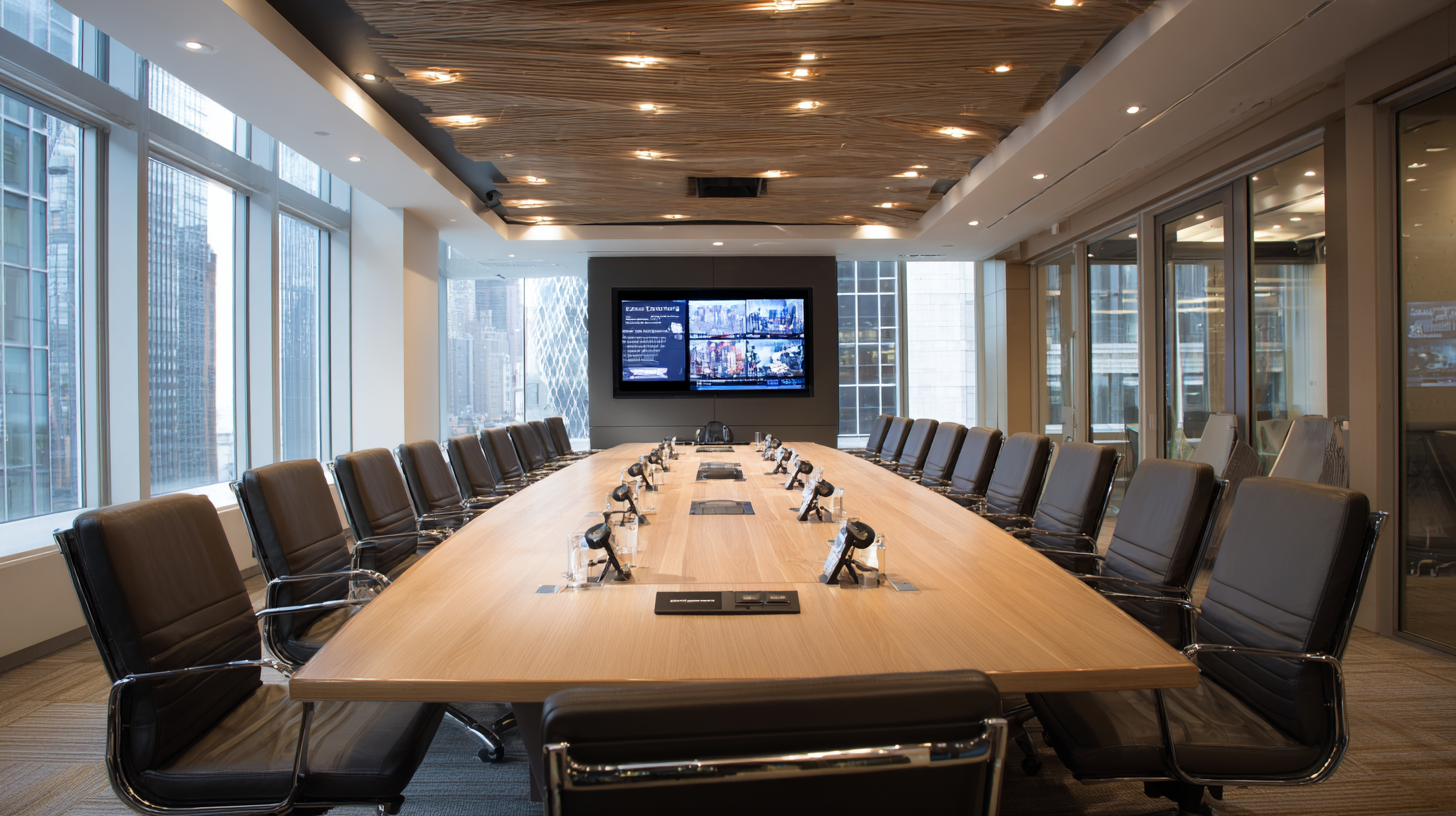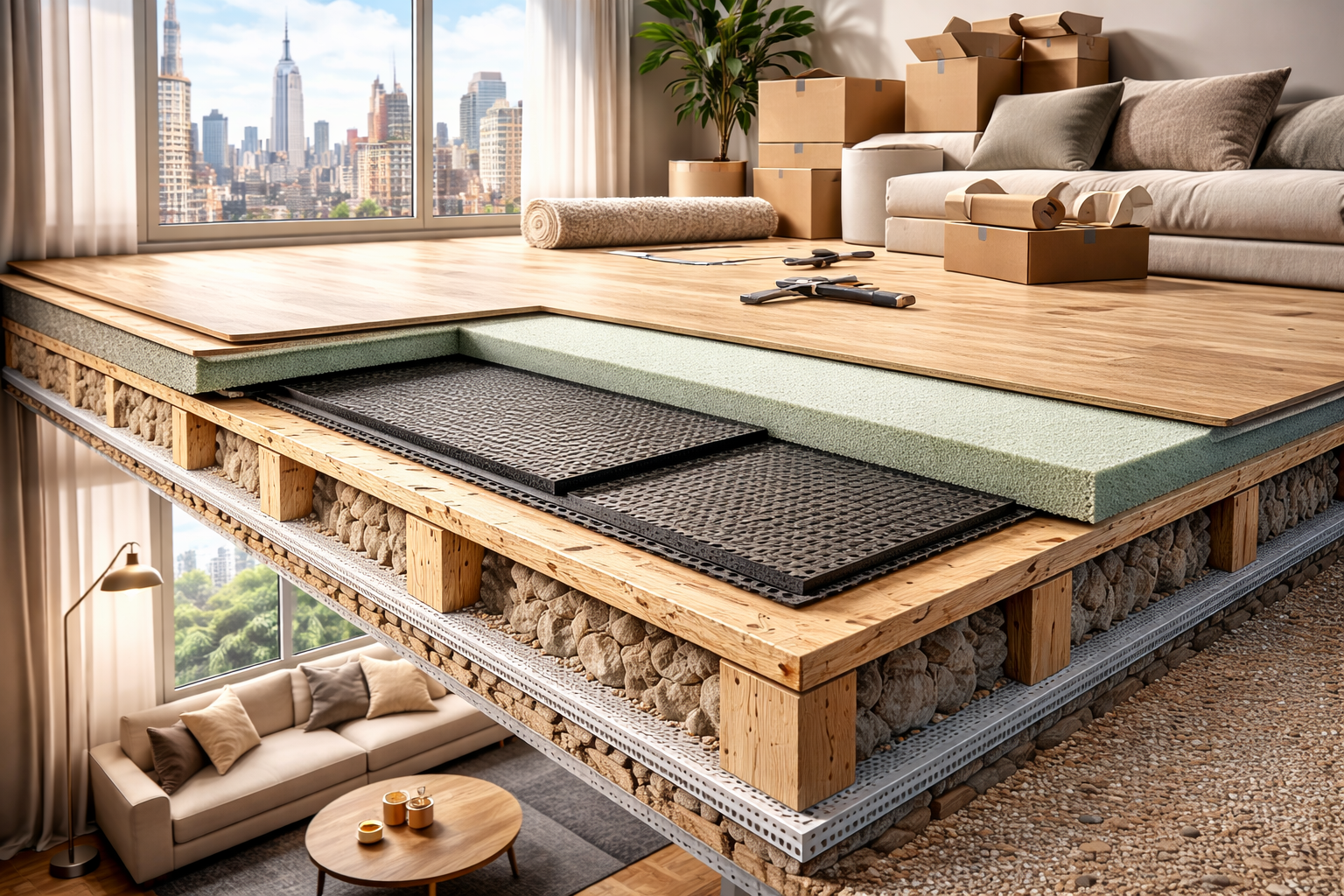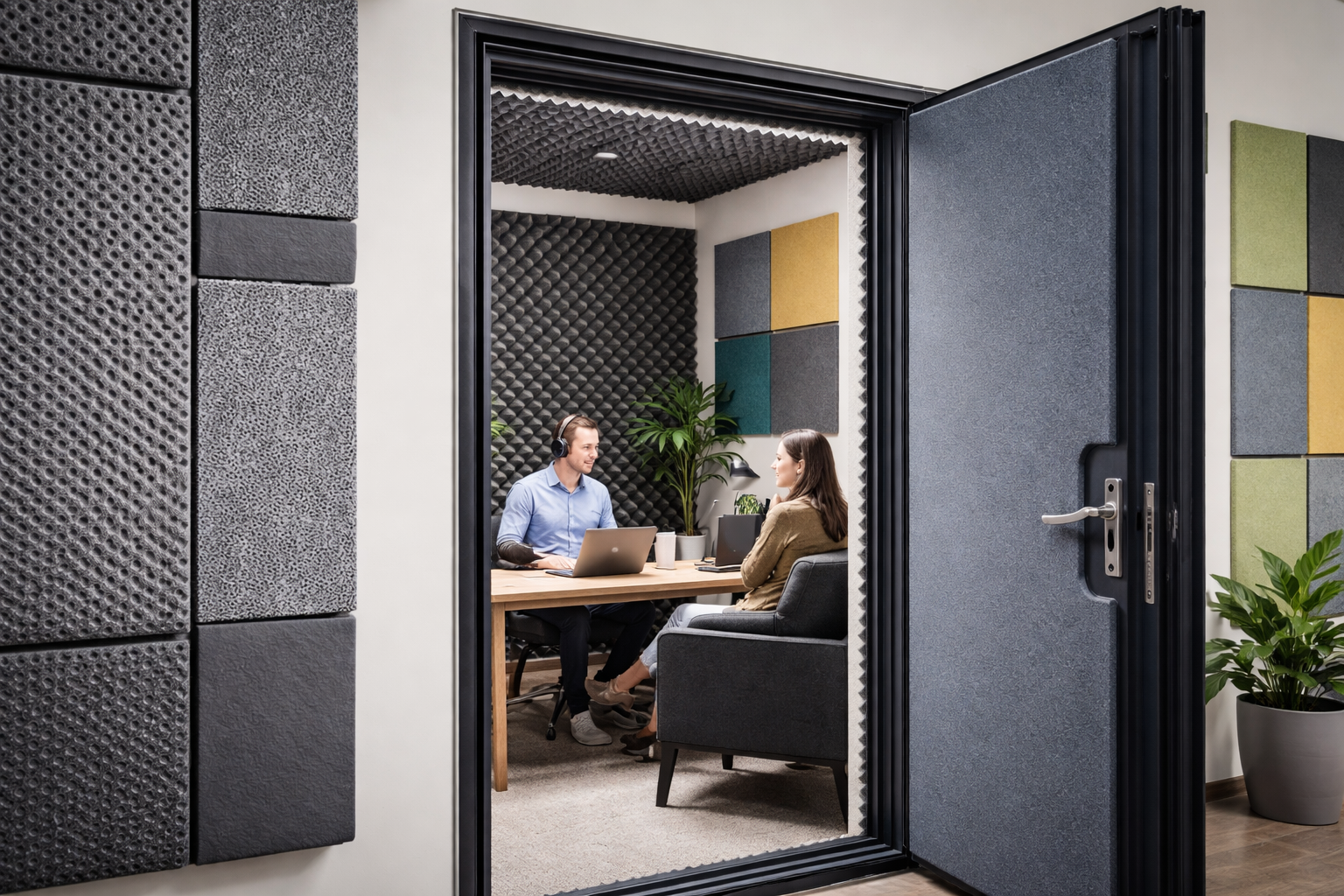What is an AV System and How It Transforms Your Audio Experience
Clear communication. Crisp sound. Sharp visuals. In today's world, that's the standard—whether you're hosting a board meeting, leading a training, or giving a live presentation. That's where AV systems come in.
But what is an AV system, exactly?
In short, it's a coordinated setup of audio and video equipment designed to work together. It takes multiple moving parts—mics, speakers, screens, lighting—and unifies them into a smooth, reliable experience. Whether you're in a high-rise conference room in Manhattan or a university lecture hall in Brooklyn, a well-designed AV system makes the difference between hearing something and understanding it.
Let's break it down.
What is an AV System
Definition and Core Components
An AV (audio-visual) system is a combination of technologies that deliver sound and visuals in a connected and controllable manner. These systems can be simple, such as a projector and a speaker in a classroom, or fully integrated setups with microphones, displays, speakers, automation, and remote controls.
Core components usually include:
- Audio equipment (microphones, speakers, amplifiers)
- Visual equipment (monitors, projectors, video walls)
- Control systems (touch panels, remotes, automation software)
- Switchers and processors to manage inputs and outputs
The goal? Seamless communication. Whether it's in-person, hybrid, or remote.
How AV Systems Coordinate Multiple Devices
Modern AV systems aren't just a pile of gear. They're ecosystems. Every component communicates with the next—sound feeds into mixers, video signals route through switchers, and control panels manage all of it.
Everything must work in sync. That's why professional design and setup are so important. If even one device lags or glitches, the entire experience can break down.
At New York Soundproofing, we build AV systems that run reliably and intuitively, even for non-tech users.
The Role of Control Systems in Modern Spaces
What is the real power of a good AV setup? Control.
Instead of a clutter of remotes and inputs, you get a single, clean interface. Touchscreens, apps, or wall panels let users switch between sources, adjust volume, launch presentations, and manage lights—all with a tap.
In NYC offices and schools, control systems are essential. They eliminate confusion and keep things running on time, whether it's a 5-person huddle or a 50-person seminar.
Essential Audio Components in AV Systems
No AV system is complete without top-tier sound. It's not just about volume—it's about clarity, coverage, and control.
Professional Microphone Solutions
Microphones are the starting point of any AV system. If your mic isn't picking up clean, consistent audio, no amount of tech downstream can fix it. That's why choosing the right mic for the room and the role is essential.
Here's a quick breakdown of the most common professional mic types:
|
Microphone Type |
Best For |
Key Advantage |
|
Boundary Microphones |
Conference tables |
Low profile, picks up multiple voices |
|
Gooseneck Microphones |
Podiums, lecterns |
Directional, clear speech capture |
|
Wireless Lavalier Mics |
Presenters, instructors |
Hands-free, mobile, discreet |
|
Ceiling Array Mics |
Boardrooms, multipurpose spaces |
Clean look, wide coverage, no touch needed |
Speaker Placement and Acoustic Optimization
Are good speakers in the wrong spot? Still a bad sound.
AV design includes acoustic mapping—ensuring that speaker placement evenly covers the room, avoids dead zones, and doesn't overpower the space.
In echo-prone NYC boardrooms or lofts, we often combine AV speaker systems with ceiling soundproofing and acoustic treatments to create a clean, balanced sound field that supports clear communication.
Amplifiers and Sound Quality Management
Amplifiers boost your signal to the right level without distortion. But they also control zones, volume balancing, and routing.
For multi-room setups or variable group sizes, amps with DSP (digital signal processing) ensure your audio sounds great, no matter the configuration.
Visual Elements of AV Systems
Sound matters—but without visuals, you're only halfway there. AV systems integrate display technology, lighting, and control to create a comprehensive, high-impact experience.
Display Options and Positioning
Your choice of display depends on the space and the purpose. For some, it's a flat-panel TV. For others, it's a video wall or ultra-short throw projector.
Here are the most common display types:
- LED displays – bright, sharp, and ideal for well-lit rooms
- LCD monitors – great for conference tables and sidewalls
- Video walls – used in larger venues for max visibility
- Touchscreens – often built into control systems or kiosks
Placement matters just as much as the tech. We position displays at optimal sightlines so everyone in the room stays engaged—no neck craning, no bad seats.
Lighting Control for Optimal Video Quality
Lighting has a direct impact on how video looks in any room. Glare, harsh shadows, and uneven brightness can ruin the performance of even the best cameras and displays. That's why professional AV systems often include integrated lighting control as part of the design.
In many NYC spaces, we install motorized shades to manage daylight and reduce reflections on screens. Dimmable LED lighting allows us to fine-tune the room's brightness to match the display output, creating a more comfortable viewing experience. For added flexibility, we often program scene presets—for presentations, video calls, or lectures—so the lighting adjusts instantly to suit the task.
When lighting is properly controlled, video quality improves dramatically. The result is a professional, polished visual experience with fewer distractions and better focus.
Projectors vs Digital Displays
Choosing between projectors and digital displays depends on your space, lighting conditions, and presentation needs. Projectors work best in large rooms that can be darkened, making them ideal for wide-format visuals and cost-effective screen coverage. However, they require more attention to lighting, as too much ambient brightness can wash out the image.
Digital displays—like high-resolution 4K LED panels—perform better in brightly lit environments. They deliver higher contrast, sharp images, and minimal maintenance, which makes them a popular choice for corporate settings.
In most NYC conference rooms, we recommend large-format LED displays. They're more reliable in mixed-light environments, offer excellent clarity, and integrate seamlessly with modern AV control systems.
AV System Applications in NYC Environments
In a fast-paced city like New York, AV systems must do more than just function—they need to be reliable, flexible, and intuitive. Whether it's a team huddle, a major presentation, or a classroom lecture, every space has its demands. Here's how we tailor AV systems for different NYC environments.
Conference Rooms and Meeting Spaces
In modern offices, every meeting—whether in person or remote—depends on consistent, high-quality audio and video. AV systems in these spaces are designed to support seamless wireless content sharing, integrated microphones and ceiling speakers, and full compatibility with popular conferencing platforms, such as Zoom or Microsoft Teams. We include touch-based control panels to make switching sources or adjusting volume fast and frustration-free. The goal is always to create a setup that anyone can walk into and use with zero confusion, no matter the meeting type or team size.
Corporate Boardrooms and Presentation Areas
When the stakes are higher, so are the AV requirements. Boardrooms and executive presentation spaces must deliver both performance and polish. We install systems with multiple displays to ensure visibility from every seat and incorporate high-end microphone arrays, often featuring beamforming technology for focused audio pickup. Lighting and shades are automated to adapt to different presentation modes, while audio zones are tuned for consistent sound throughout the space. These setups are often built to support both in-person and hybrid formats, with professional-grade reliability and aesthetics. For environments where privacy and acoustic control are important, we also offer commercial soundproofing to reduce noise bleed and external distractions.
Educational and Training Facilities
From lecture halls to private training rooms, AV systems in educational spaces must balance functionality with simplicity. Instructors rely on hands-free mic solutions, clear audio coverage, and the ability to switch between various video sources like laptops, document cameras, and media players. We often integrate centralized control panels that allow instructors to manage the entire system easily. Features like session recording and live-streaming are also common, enabling broader access to lessons and events. In NYC's demanding educational environment, AV systems need to be rock-solid—because educators don't have time to troubleshoot before every class.
Benefits of Professional AV Systems
Done right, AV systems improve more than just your tech setup—they boost how your space functions.
Streamlined Communication and Collaboration
Whether you're running a client call or leading a training session, communication flows better when the tech just works. A professional AV system removes friction, supports collaboration, and saves time.
Enhanced Audio Quality for Remote Meetings
In hybrid workplaces, poor audio quality can significantly impact productivity. With the right AV system, remote participants hear every word clearly—no echo, no dropouts, no frustration.
We use beamforming microphones, echo cancellation, and proper room tuning to create a professional-grade experience, even over Zoom or Teams.
Simplified Technology Management
Modern AV systems aren't complex—they're smart. One-touch control systems let you manage lighting, sound, video, and more from a single interface.
No more juggling remotes or calling IT for basic tasks. Everything's integrated. Everything's easy.
If you've ever asked, "what is an AV system?"—now you know it's more than a stack of gadgets. It's a coordinated solution that turns everyday communication into a professional, efficient, and impactful experience.
At New York Soundproofing, we don't just build great AV systems—we ensure they work seamlessly for your space, your team, and your objectives. Want to upgrade your setup? Let's make it sound and look as sharp as your team.



